Picasso's nose-grease
- Flora McLachlan

- Apr 20, 2019
- 2 min read
Here's a work in progress...Chapel Perilous working name, etching 15 x 18cm. Loosely based around an old engraving of a human heart with its big blood vessels, but given the form of the small abandoned chapel with trees growing through it. This proof has been reworked with crayon and watercolour, feeling my way towards its final state.
Detail of Picasso's 1968 etching Suite 347
Sugar lift etching is a loose and expressive way to make marks on an etching plate. While I was learning etching at West Herts College in Watford with the great Mike Burnett, I made a sugar lift plate with a greasy surface which broke up the sugar solution into globules. I can't remember what we used...it was 19 years ago...but I have been looking at the sugar-lift plates Picasso made with Aldo Crommelynck.
Some process shots below. The sugar lift was painted onto a polished but not degreased copper plate. On other plates I tried rubbing on copperplate oil and paraffin to add grease. I applied it very thinly and then rubbed off any visible grease with a rag. I thought the hard ground might not stay on the plate if it was too greasy, and on a couple of test plates the ground did actually lift off in the hot water.
Images below:
When the sugar drawing was dry, liquid hard ground thinned with turps was applied with a wide brush...the dried plate was placed in hot water so the ink & sugar mix lifted off...third image shows a close-up of the plate showing lifted marks as bare metal. The plate was then aquatinted and bitten in ferric chloride. First proof to the left below. I then painted on another sugar lift over the top of the first image, proof below right. The fine greys were bitten through the hard ground after I cleaned off the aquatint rosin to see if the aquatint had made pits in the hard ground when it was melted on; I think it did, as the bite is stronger than foul bite. I was trying to reproduce those fine greys in Picasso's image above.
After making my test plates, I found a very interesting interview with Aldo Crommelynck, who worked with Picasso for 20 years, in Picasso: Inside the Image, ed. Jane Cohen. He describes Picasso's method of greasing his plates...wait for it... "Then to introduce variation in tone, he would rub his finger against his nose and then on the plate, to make the surface slightly greasy in places. The sugar wouldn't hold on a greasy surface, and the result would be a gray tone." (p.14)
So onwards to the next test plate and I hope my nose is greasy enough...if not, I could always try salami.


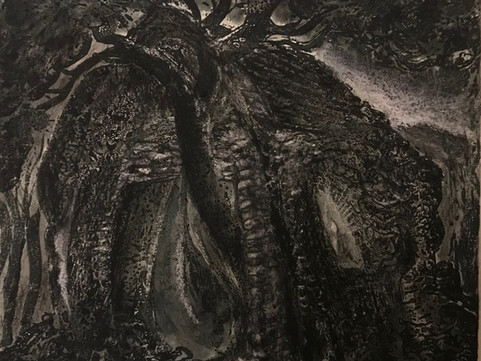
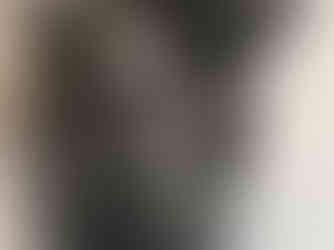

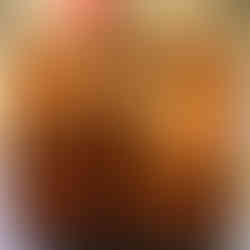


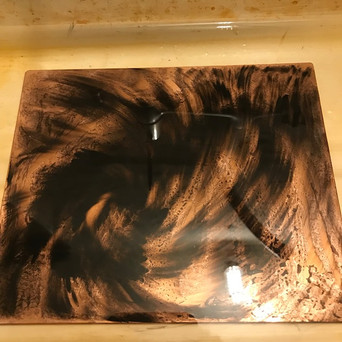




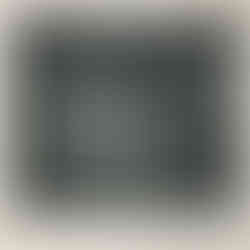




link link link link link link link link link link link link link link link link link link link link link link link link link link link link link link link link link link link link link link link link link link link link link link link link link link link link link link link link link link link link link link link link link link link link link link link link link link link link link link link link link link link link link link link link link link link link link link link link link link link link link link link link link link link link link link link link link link link link link link link link link link link link link link link link